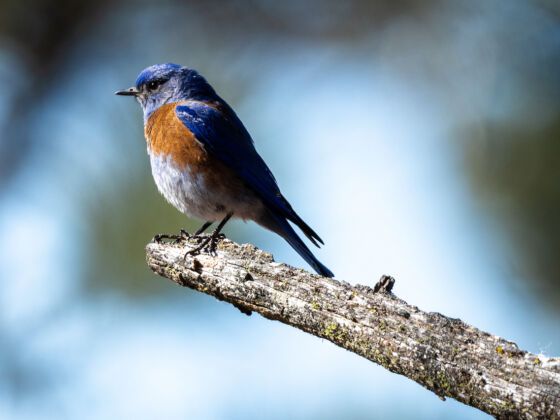When you think of a birder, you’re probably thinking about grandma looking out the back window at the blue jay coming to her birdfeeder, or perhaps a group of middle-aged men wandering through the local park in their vests.
Think again — there are millions of birders from all walks of life, and they’re out there looking everywhere from the backyard to the ends of the earth. I have spent the past decade traveling nonstop around the world looking for birds, and here are some of the things I’ve learned along the way.
